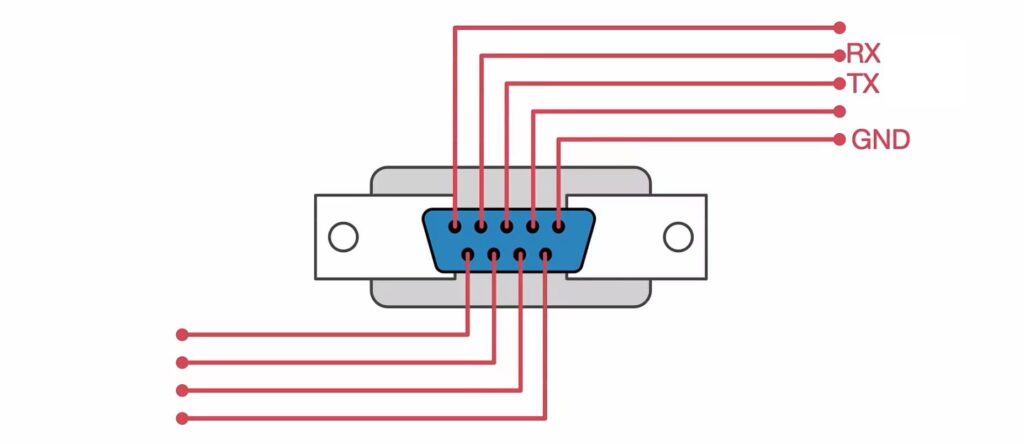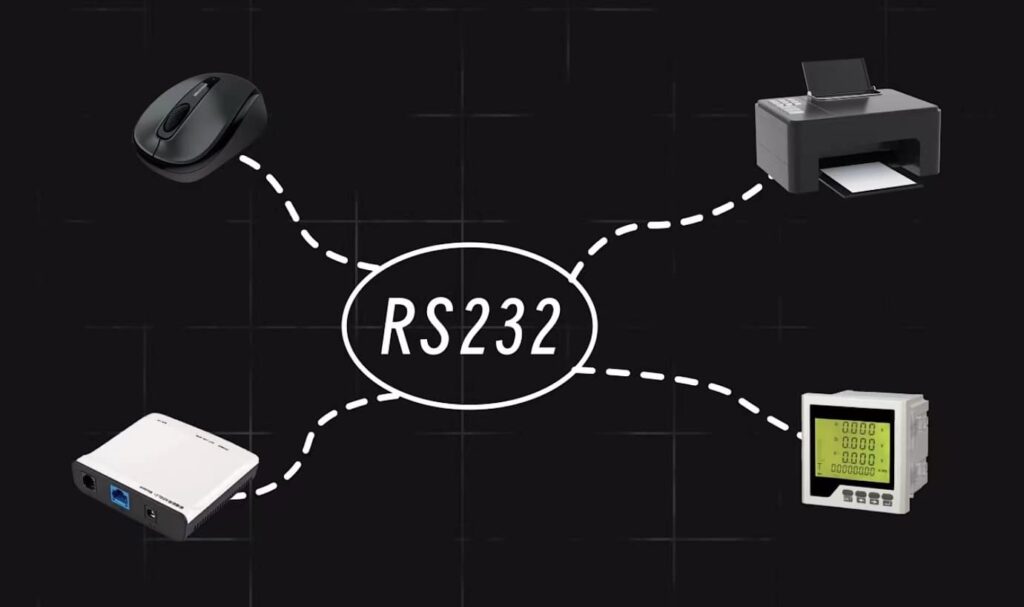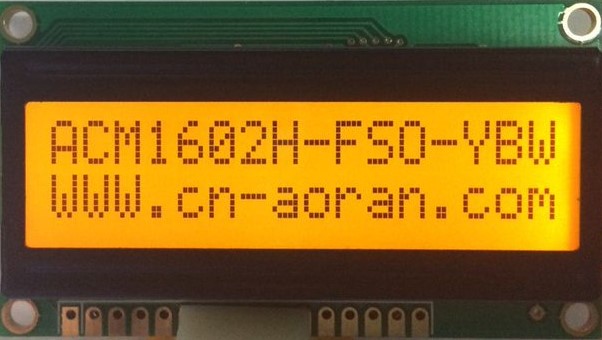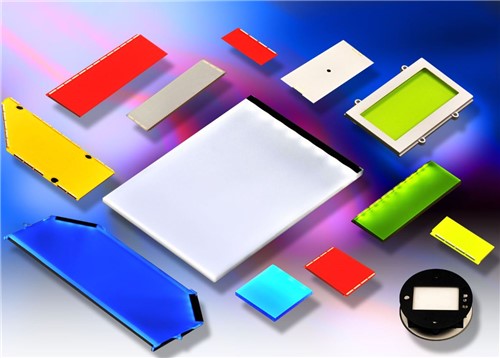LCD Display Module with RS232 Interface
Hey, you there! Have you ever wondered about the magic behind your everyday devices? Well, let me tell you a little secret. It’s not all touchscreens and wireless networks. Sometimes, it’s about those classic, hard-working serial interfaces like RS232.

Ever wondered what RS232 is?
RS232, or Recommended Standard 232, is a standard protocol used for serial communication. It’s that faithful old guard that’s been around since the ’60s and still finds its place in today’s high-tech world.
A bit of history now. The RS232 was introduced by the Electronic Industries Association (EIA) in the 1960s. It’s survived the tests of time and technology, going through several revisions to maintain its relevance.

And what about those RS232 specs?
RS232 isn’t just about sending bits and bytes. It’s about how it’s done. The standard defines the voltage for the ‘signal’ and ‘no signal’ states. A mark (binary 1) is -3 to -25 volts and a space (binary 0) is +3 to +25 volts. Yep, negative voltages. That’s RS232 for you.
Electrical Characteristics? Check this out.
RS232 can be a bit odd. For starters, it uses a bipolar signaling method, meaning it uses both positive and negative voltages. For data transmission, it uses an asynchronous serial communication method, making it an excellent choice for devices without a common clock.
What makes RS232 tick?
RS232 has its unique functional characteristics. It uses binary data transmission, so a mark (1) or a space (0) is sent. It also uses start and stop bits to signal the beginning and end of a data byte, ensuring no miscommunication. Ain’t that something!

RS232 is all about being sturdy.
You know what they say about old-school tech, right? It’s built to last. RS232 connectors are typically sturdy DB-25 or DE-9 connectors. They’re built to survive real-world use and abuse, making them reliable for both industrial and commercial applications.
RS232 in the modern world: LCD Module with RS232
Let’s talk about the fusion of classic and modern: RS232 combined with LCD modules. Yep, you heard it right. The tried-and-tested RS232 communication standard meets the modern Liquid Crystal Display (LCD) technology.

The LCD module with RS232 serial interface communicates directly to the Customer’s main system board. The default transmission speed is 9600bps with +/-10 VDC signals. LCD Receive Protocol The LCD module is always in standby mode. It will wake up after the customer’s main MCU sends any available data.
These LCD modules with an RS232 interface offer a versatile solution, enabling simple and direct communication with a wide variety of controllers and microprocessors.
You’ll find these marvels in a broad range of applications, from vending machines to modern IoT devices. Just connect your RS232 line, send your commands, and voila! Your information is on display. They offer all the benefits of modern displays, but with the reliability and simplicity of our old friend, RS232.
Where’s RS232 used?
Outside the world of LCDs, RS232 is still used in a variety of applications. It’s common in data communication in older computer systems, peripherals, and industrial machines. Think about point-of-sale systems, network routers, and even some GPS receivers. Its robustness makes it pretty handy, don’t you think?
Pros and cons of RS232, you ask?
Every good thing has its flip side. RS232 is no different. On the one hand, it’s simple, reliable, and doesn’t require a clock signal, making it easier to use. On the other hand, it’s not suitable for long-distance communication or high-speed data transfer. But hey, nobody’s perfect, right?
Conclusion
RS232, though a bit dated, continues to hold its own in this age of wireless technology. It’s all about the simplicity, reliability, and robustness it offers. So the next time you’re dealing with a piece of tech, take a moment to appreciate the good old RS232 working silently in the background.
Please contact us to get more information if you need RS232 LCD module.











